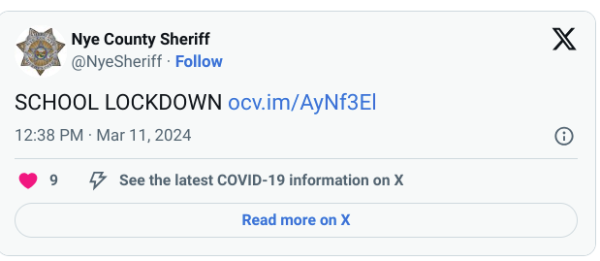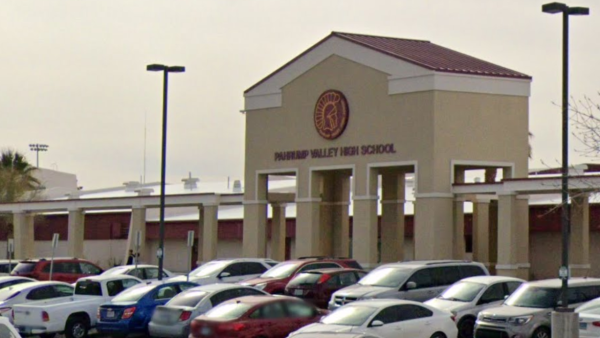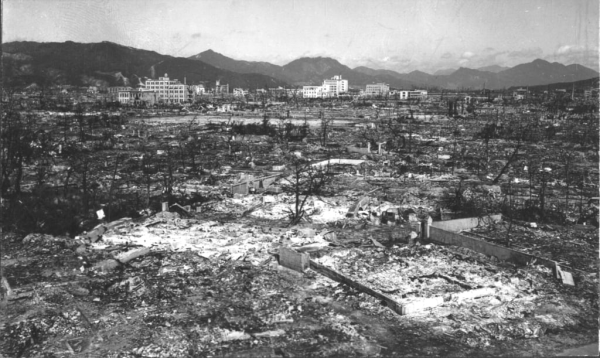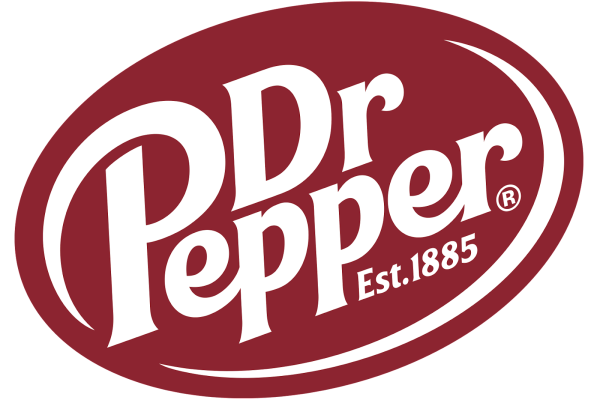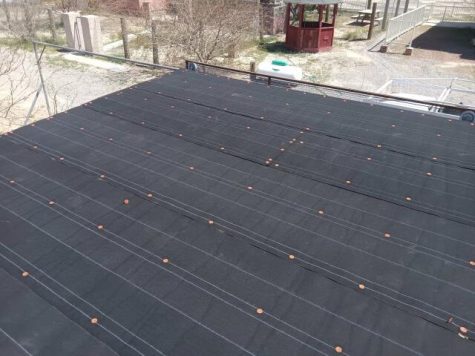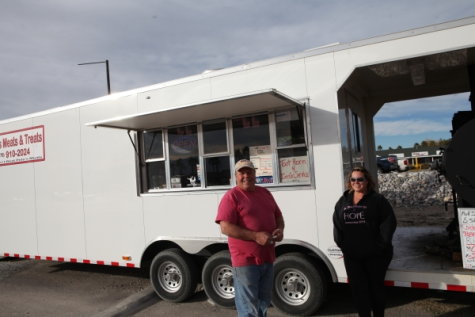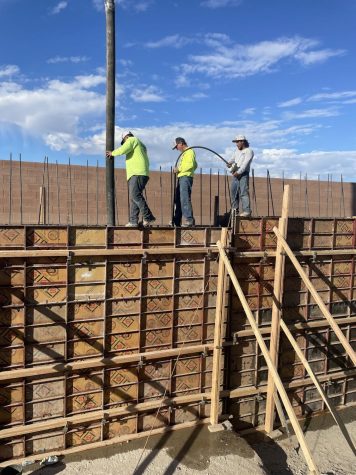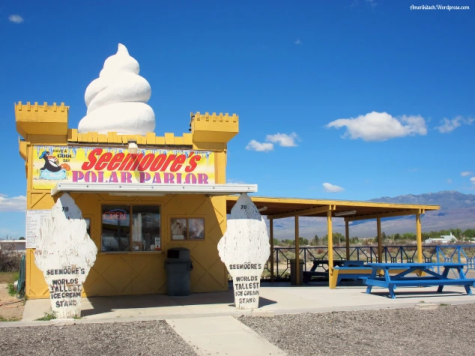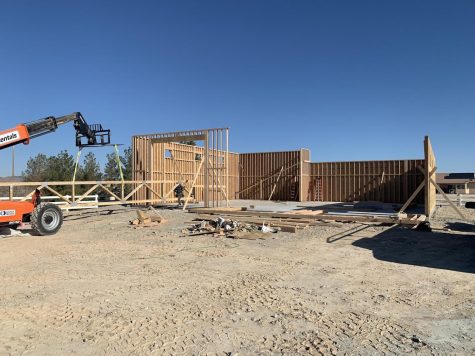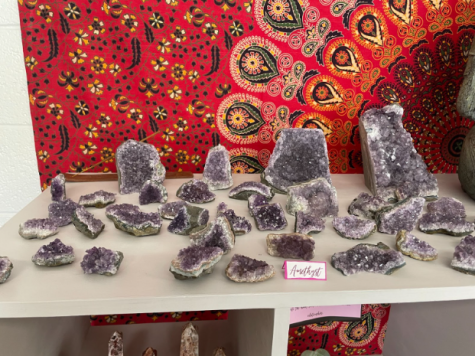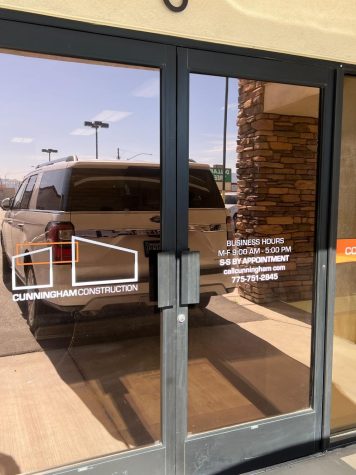The Yucca Mountain Project
October 7, 2019

We’ve all seen what happens to garbage dumps. What happens if it wasn’t garbage but nuclear waste? Well eventually nuclear waste turns into a nuclear wasteland, which could destroy the ecosystem around it. This could be the future of Yucca Mountain in Tonopah, Nevada.
The project started in 1974, when the Nevada Legislature passed Assembly Joint Resolution 15 which forced the Energy Research and Development Administration to choose the Nevada test site for disposal of nuclear waste and for solar energy research under the Solar Energy Research Development and Demonstration Act of 1974.
These events propelled the start of storing nuclear waste, and, in the near future, would cause the beginning of nuclear recycling. It’s removed from the reactors, then the used fuel is packed in containers and safely shipped via train and road to a nuclear recycling facility. Next, the energy producing uranium and plutonium are removed and separated from the other waste and made into new fuel that can be used again.
If we were to finish the Yucca Mountain Project, we could power thousands of micro-grids, and we could probably actuate the whole country with the recycled energy. This will also shorten the lifetime of the nuclear waste, from 25,000 years to 30 years, making the material much more manageable. The project will create thousands of jobs, lower taxes, produce cleaner energy, and improve economic development.
You might wonder, why hasn’t this project been completed yet? While this is mainly due to political opposition in the Senate, it’s also because of a lack of funding. Yucca Mountain costs the government around $2 million dollars per day.
The project needs $40 billion dollars to be completed, which is a small price to pay for a federal nuclear recycling facility. Mr. Spangler, Science Teacher at PVHS, says, “The federal government needs to fund the project and give Nevada money which could go to education. Deals need to be made.”
However, there is an opposing counsel to the project. People who think that Yucca Mountain would be a waste of time and money. Democrat Catherine Cortez Masto claims the Yucca Mountain project is a massive waste of taxpayer dollars.
Others don’t like the idea of nuclear waste at all. Mr. Whitenight, Science Teacher at PVHS, said ”I don’t like it being close by, but nuclear waste has to be stored somewhere.”
The project hasn’t received any funding, even though a $49 billion dollar spending bill was passed for the Department of Energy. The bill will be focusing its efforts on interim storage of nuclear waste at private facilities that are licensed by the Nuclear Regulatory Commission.
Most of the Senate is against the project as well. Democratic Representative of Nevada, Dina Titus, said, “The Senate committee advanced their spending bill without any Yucca funding. Even those who desperately want to revitalize the dangerous Yucca Mountain project are beginning to acknowledge the strength of our efforts to block it.”
While scientists predict that earthquakes will occur by the mountain, designers working on the Yucca Mountain repository believe repository facilities can be made and produced to withstand the effects of natural disasters. Plus if it’s underground, it’ll be safer due to the fact that earthquakes have less impact deep underground than they do on or near the surface.

To assure those who fear transporting nuclear waste (the idea of the vehicles being attacked or in a wreck), it’s a federal rule that nuclear transports are to be designed and certified to withstand a series of severe impacts and extreme conditions without leaking radioactive materials. The regulations also require that shipments be watched and tracked by satellites every hour of transportation, along with trained escorts, who must report in regularly.
The Yucca Mountain project could be a game changer in the U.S., improving new forms of energy. If only we can get the support the project needs. Or maybe what we need is another solution.
